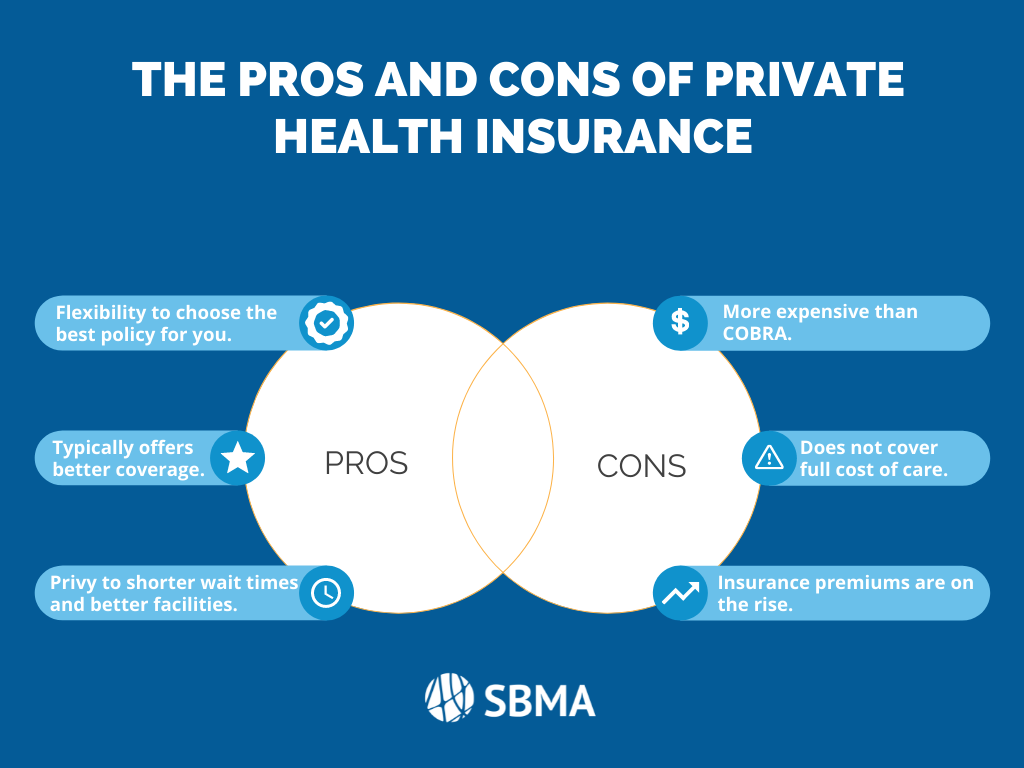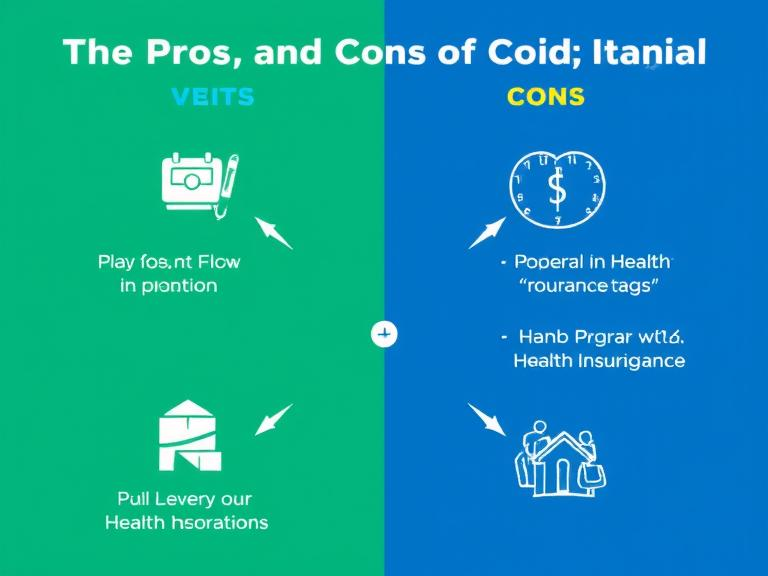Health insurance is a crucial aspect of managing healthcare expenses, offering various plans tailored to meet diverse needs. Understanding the pros and cons of each type can help individuals make informed decisions about their healthcare coverage. Here, we explore the most common types of health insurance plans: Health Maintenance Organizations (HMOs), Preferred Provider Organizations (PPOs), Exclusive Provider Organizations (EPOs), and High-Deductible Health Plans (HDHPs).
When considering health insurance plans, there are various types each with their own pros and cons. Health Maintenance Organizations (HMOs) typically offer lower premiums and out-of-pocket costs, making them a cost-effective choice for many, but they require members to use a network of doctors and require referrals to see specialists, which can limit flexibility. Preferred Provider Organizations (PPOs) provide more flexibility in choosing healthcare providers and do not require referrals, but they often come with higher premiums and out-of-pocket expenses. Exclusive Provider Organizations (EPOs) are similar to PPOs but do not cover any out-of-network care, potentially limiting options. High-Deductible Health Plans (HDHPs) paired with Health Savings Accounts (HSAs) offer lower premiums and tax advantages, but the high deductibles can be a financial burden unless one is healthy and rarely needs care. Each plan type requires a careful assessment of personal health needs, financial situation, and preferences for provider flexibility.

Health Maintenance Organization (HMO)
A Health Maintenance Organization (HMO) is a type of health insurance plan that provides health services to its members through a network of doctors, hospitals, and other healthcare providers. The primary goal of an HMO is to offer comprehensive healthcare services while controlling costs. Members of an HMO are required to choose a primary care physician (PCP) who coordinates their healthcare and provides referrals to specialists within the network as needed. One key feature of HMOs is that they typically cover only care provided by healthcare professionals who are part of the HMO network, except in cases of emergencies. This model emphasizes preventive care, aiming to keep members healthy and reduce the need for more expensive treatments. By focusing on a network of providers, HMOs strive to manage care efficiently and keep premiums and out-of-pocket costs relatively low for their members.
Pros:
- Cost-Effective: HMOs typically offer lower premiums and out-of-pocket costs, making them a budget-friendly option.
- Coordinated Care: With a primary care physician (PCP) managing your healthcare, HMOs provide coordinated and streamlined services.
- Preventive Services: HMOs often cover a wide range of preventive services at no additional cost, promoting early detection and wellness.
Cons:
- Limited Provider Network: HMOs require members to use a specific network of doctors and hospitals, which can limit choices.
- Referral Requirement: Access to specialists requires a referral from your PCP, potentially delaying specialized care.
- Out-of-Network Restrictions: Services outside the network are typically not covered, leading to higher out-of-pocket expenses if out-of-network care is sought.
Preferred Provider Organization (PPO)
A Preferred Provider Organization (PPO) is a type of health insurance plan that offers flexibility and a broad network of healthcare providers. PPO plans allow members to see any doctor or specialist without a referral, but they offer more cost-effective options when using healthcare professionals within their network. This structure is appealing to individuals who want the freedom to choose their healthcare providers but also wish to manage costs. PPOs typically have higher premiums than Health Maintenance Organizations (HMOs), but they provide the advantage of partially covering out-of-network services. This makes PPOs a popular choice for those who value flexibility in managing their healthcare needs.
Pros:
- Flexibility: PPOs offer more flexibility in choosing healthcare providers and do not require a PCP referral for specialists.
- Broad Network: While in-network care is incentivized, PPOs cover a portion of out-of-network care, offering greater freedom.
- No Referrals Needed: Direct access to specialists simplifies the process of seeking specialized care.
Cons:
- Higher Costs: Typically, PPOs have higher premiums and out-of-pocket costs compared to HMOs.
- Complexity in Billing: Navigating between in-network and out-of-network billing can be complex and lead to unexpected expenses.
- Varied Coverage: Benefits and coverage can vary widely, requiring careful review to understand specific plan details.




